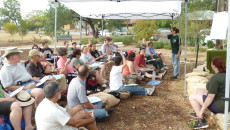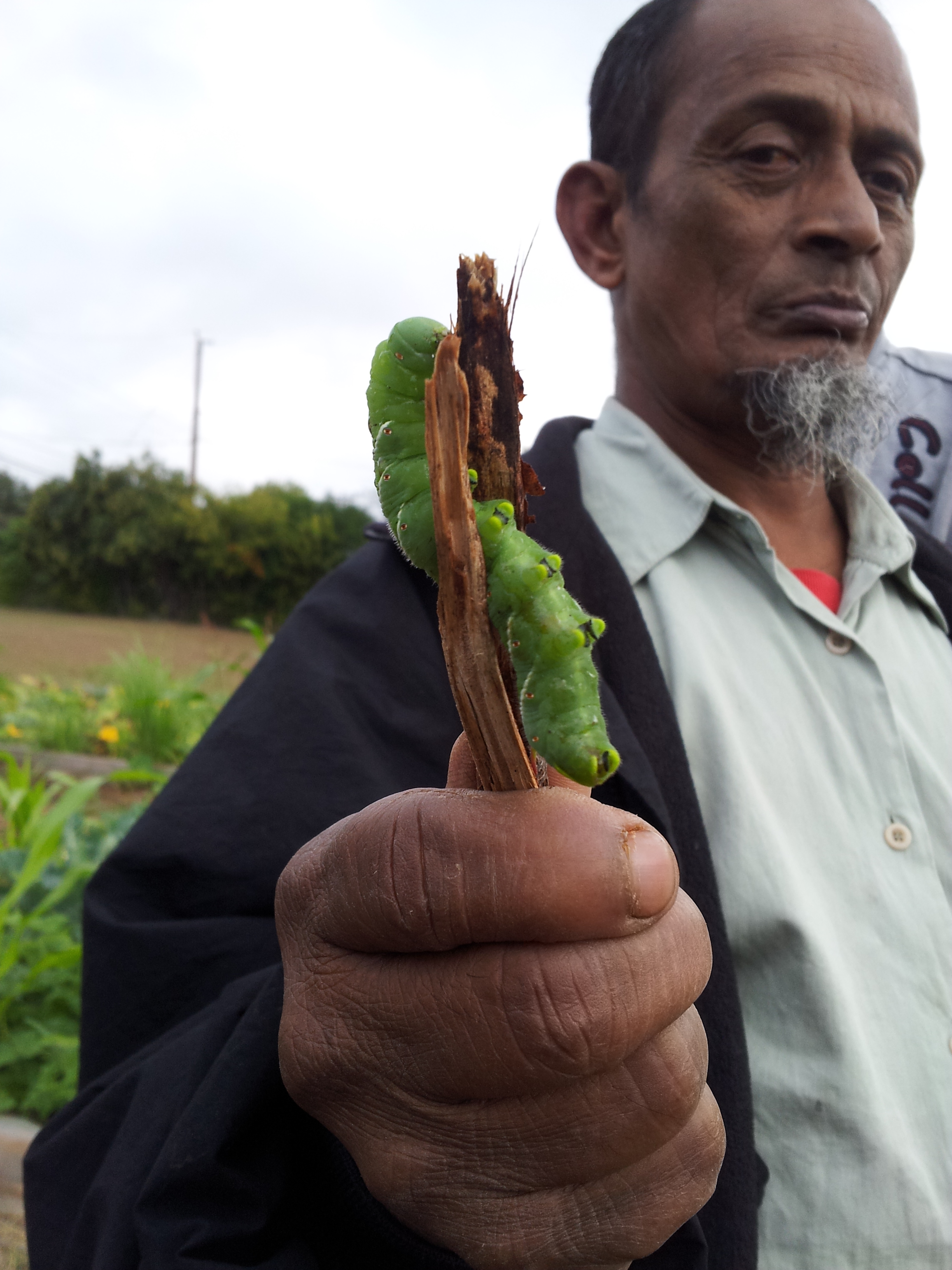By Aaron de Leon
LatinaLista
When I was 4-years-old, all I wanted to do was go fishing. I wanted to catch a fish more than I wanted a pocket full of candy! One day my Dad made good on a promise he had made to in-fact, take my brother and I fishing. All of the anticipation and excitement would culminate in a cast, a nibble, a hook and finally a fish in my hand no more than 4 inches long. Tiny. And with that single-cast, single-fish achievement, our five-minute fishing trip was over. I was ready to go home.
I recently had the opportunity to sit down with Green Spaces Alliance Assistant Community Gardens Manager, Michelle Gorham. She, along with program manager Angela Hartsel, has championed the efforts of many urban farmers over the past several years. Though nearly 18 years ago, no one would have guessed that would become the true value of this group.
San Antonio Green Spaces Alliance began as a Bexar Land Trust in 1998. This volunteer program sought to protect natural lands above the Edwards Aquifer in South Texas from being sub-divided and developed for residential or commercial construction.
In 2007, the Bare Land Trust Board of Directors recognized the existence of empty urban spaces as well as the need for urban green space. “Two pilot programs were launched,” Gorham said, “One on the East side and one on the West side.” As a result of this action, the trust changed its name to Green Spaces Alliance.
Although the number of green spaces the Alliance supports fluctuates with time and season, the current number is hovering around 40 garden and green spaces all across the city. “We do not physically maintain these spaces,” she said, “We connect with the community to manage their own green spaces.”
Connecting with the community doesn’t just happen organically. Gorham and Hartsell focus a lot of their attention on connecting with the community through educational events and workshops hosted by local garden spaces. “It works in two ways,” Gorham said, “One, members of the general public are always invited to come see local locations. The other way, is that we can reach community members surrounding these locations.”
As a result of these events, new community members have contacted the Green Spaces Alliance in hopes of gaining support to start their own garden or green space. Green Spaces will offer these visionaries physical and financial support if they can align with a few guidelines. “We give them a funding application either way,” she said, “This is designed to sharpen their leaderships skills, help them write a small business plan, think through their vision and realize the long-term commitment.”
Green Spaces Alliance has a vision of their own. “We hope these community gardens will become cornerstones of their gardens to develop community pride.” Gorham said.
Gorhams’ background in horticulture, landscape design and BioDynamic Farming leaves her intrigued at what exactly it is she’s growing these days.
“While we know a lot about gardening and agriculture, we don’t do a lot of gardening. What we really do here, is grow gardeners. It’s that whole ‘Give a man a fish, he’ll eat for a day but teach a man to fish and he’ll eat for a lifetime’ thing.”

With the support and partnership of Green Spaces Alliance, these community garden and green space projects will last much longer than my single-cast, single-fish, five minute fishing trip.
Hopefully these green spaces will last a lifetime!
Featured Photo: Photo credit: Green Spaces Alliance
Aaron de Leon is “growing” awareness of the “Farmist” movement via his blog, The Urban Farmist, his weekly LatinaLista columns, and on Instagram at theurbanfarmist.




